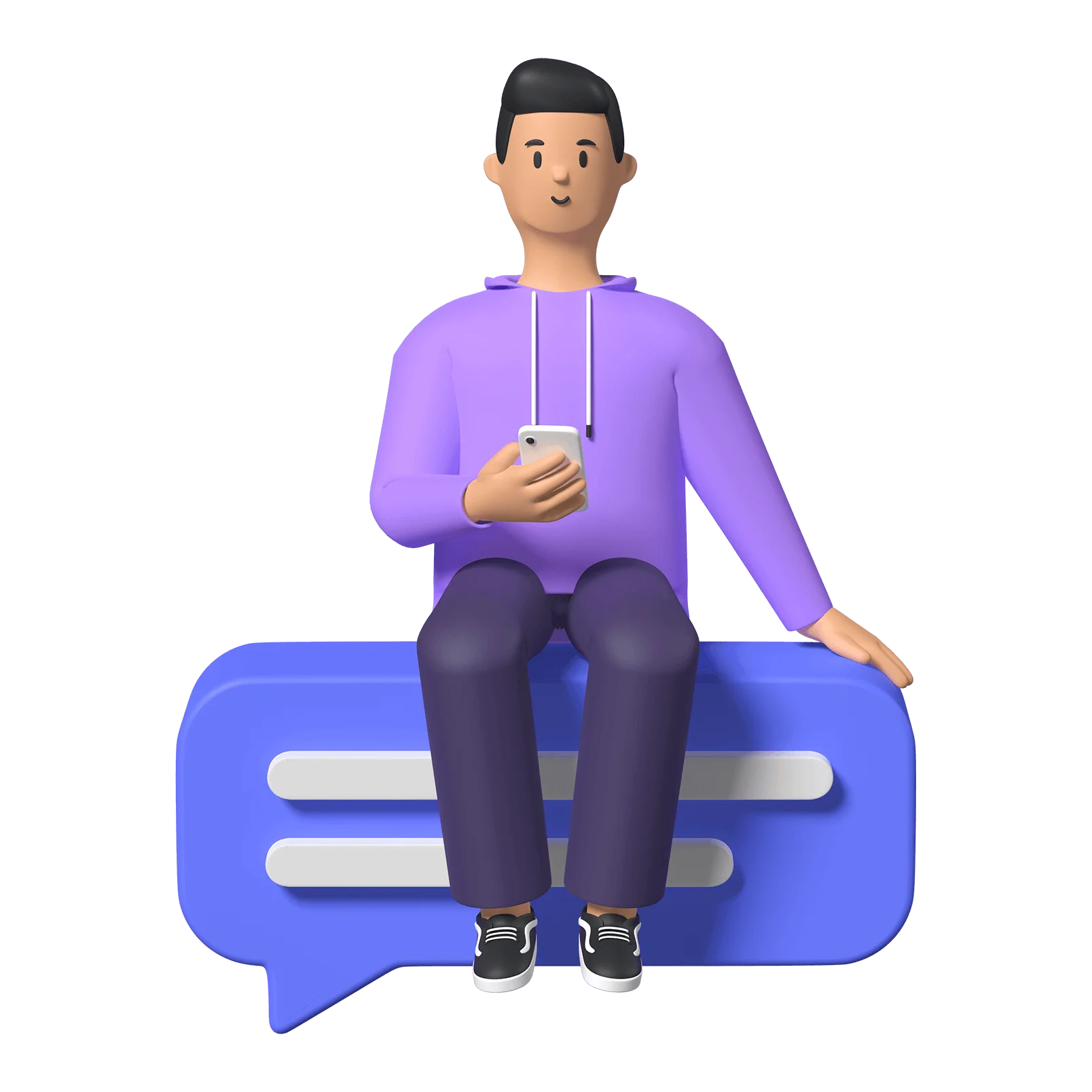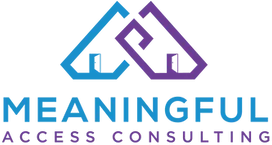Introduction
This is the All Access podcast Access & Allies. My name is Rowan; I’m the co-President and Director of Communications for All Access.
The goal of Access & Allies is to attempt to break down any digital accessibility topic under the sun to answer any and all of your questions around making digital tools more accessible. Thanks for tuning in, and if you prefer to read along, make sure to find this episode’s transcript in the notes — along with any resources I mention.
All Access is an initiative focused on supporting organizations and business leaders in making their online presence and digital information accessible to everyone, regardless of ability or disability, device they’re using, or their location, be it sitting at home or on the bus. We make inclusive digital spaces through making new or retrofitting existing websites to meet WCAG’s standards for accessibility, training & consulting, and full or partial site assessments.
Now, let’s get started with today’s topic: Accessibility vs. Disability.
Topic Intro
Whenever I talk about the various disabilities we have to think about as digital accessibility professionals, I always provide vague examples of demographics. “People who are blind or have low vision”, “People with mobility issues”; what mobility issues? Who knows! Maybe limited use of wrist or hand mobility, but I’m not going to go into too much detail. Why?
Because I don’t actually need to know that much. We aren’t disability professionals at All Access, we’re accessibility professionals. And there’s a big difference between understanding the ins and outs of different disabilities, and understanding how people use technology.
Not a Disability Expert
Sure, there are things we have to know about disabilities. Having an understanding of what barriers someone might come up against when using your digital product sets you up for success when designing and developing.
Basically, you don’t need to be an expert in disabilities to make accessible products and better user experiences.
However, what we really need to focus on as accessibility professionals is ensuring the end user experience is as barrier-free as possible, and there are standards and checklists in place to make sure we can achieve that without going through years of education to understand the vast disability landscape.
What Standards?
What standards and checklists, you might ask?
If you’ve listened to any of the Access & Allies episodes prior, you will have heard me mention the WCAG — or, Web Content Accessibility Guidelines. Currently in version 2.1 with 2.2 on the horizon, these guidelines provide a very thorough and robust explanation of all the different targets developers should aim for when it comes to different levels of accessibility, from level A to triple A (AAA). At All Access, we recommend aiming for level double A (AA) standards, because — if you’re a fan of SMART goals — they tend to be good, measurable, targets that are both inclusive and achievable. Whereas level triple A (AAA) may not be applicable or can be unrealistic for some organisations, while technically doable. Level double A (AA) also tends to be the generally accepted standard across governments and public bodies.
As a side note, I recently read that the WCAG version “Silver” (version 3.0) is in the works, which will include targets for the Internet of Things (or IoT). Might be a few years out at this point but I’m looking forward to seeing what that looks like.
The WCAG is great, but ironically, its language and format can be a little inaccessible. There’s just a lot of information they have to convey.
Which leads me to one of my favourite tools, the checklist!
The A11y Project
The Ally Project (spelled A 1 1 Y) describes itself as “a community-driven effort to make digital accessibility easier”. They have a huge library of resources from explanations of different assistive technologies to lists of organisations and meet-up groups, and that’s just the beginning. We highly recommend checking them out if you want to start understanding accessibility in digital spaces.
The Ally Project checklist uses the WCAG standards as a reference and is an interactive tool anyone can use to audit their own website. They use more accessible language and keep success criterion concise and to the point. I personally find its a great interface to have bookmarked that isn’t too overwhelming to look at when having to go down a long list of criterion.
And that checklist will be linked in the notes section, as well as the WCAG.
Wrap-Up
Accessibility is not just about catering to people with disabilities; it's about creating a better user experience for everyone. By making technology more accessible using a Universal Design approach, we can improve usability for all users and make the world wide web a more inclusive space.
To do that, we don’t need to understand disabilities to a T — most of us never will. We need to understand our own products and how they will be experienced by different users.
Keeping in mind the human experience from the beginning of a project is a good start.
Sign Off
Thanks for listening to this episode of Access & Allies: Accessibility vs. Disability. I hope you find these resources useful, and I encourage you to reach out through LinkedIn or email us at info@allaccess.dev if you have any questions.
It’s been fun talking at you and until next time on Access & Allies.

